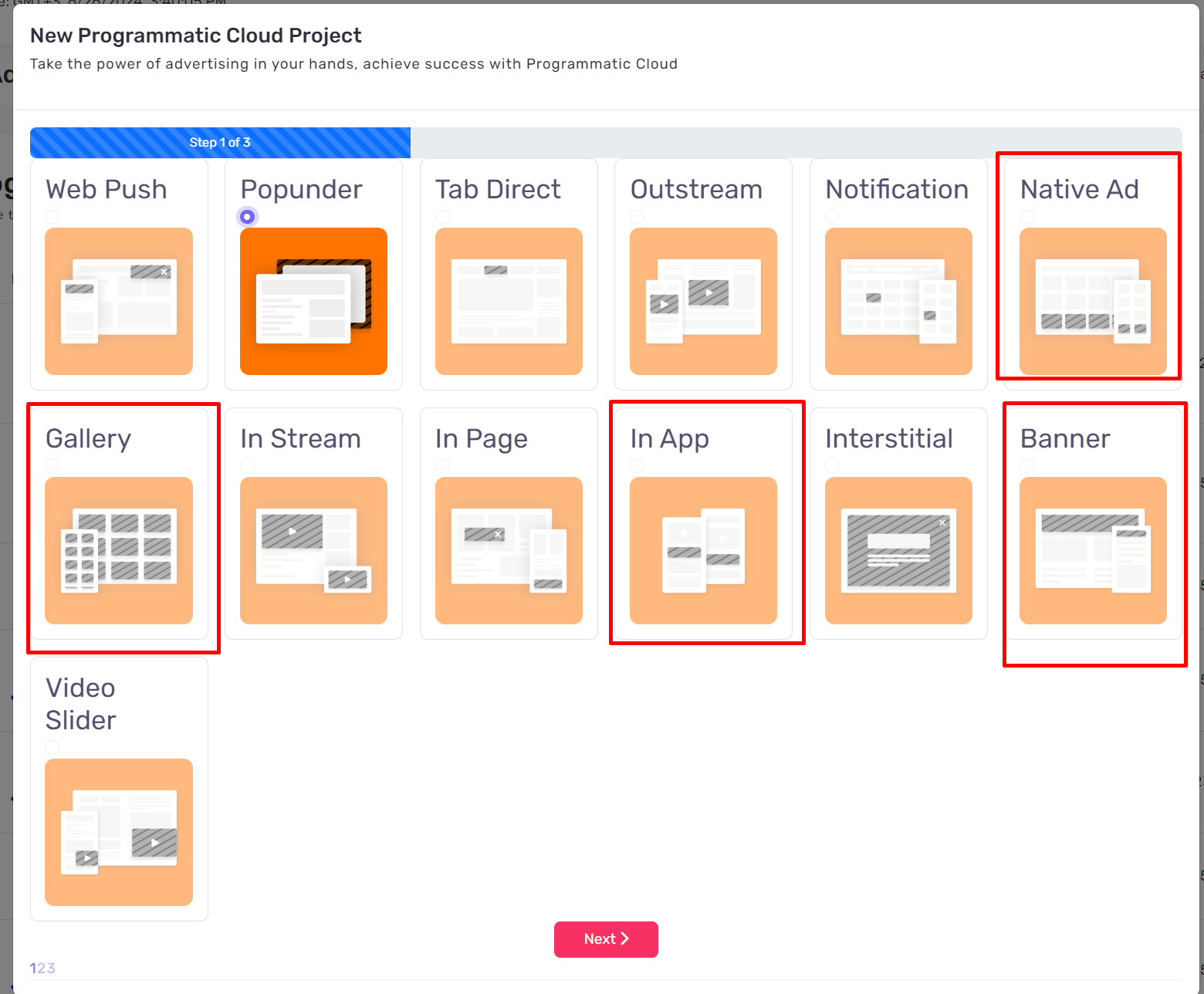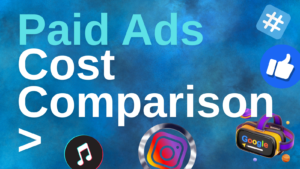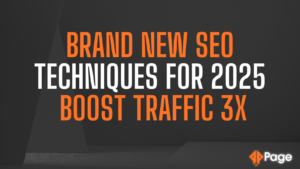Real-time bidding (RTB) is one such revolution nowadays in the digital ad ecosystem that is offering a more innovative take on how marketers, publishers and advertisers participate in programmatic trading. RTB stands for Real Time Bidding, an automated bidding process where web ad inventory sell in real time. The whole system works dynamically in a matter of milliseconds, wherein an advertiser places the bid at per ad impression level and starts real-time bidding whenever a user lands on a website or application. We will discuss the benefits of RTB and also demystify some technical details in an easy-to-grasp way.
1. Efficient Use of Ad Spend
The most prominent benefit of RTB is the cost-effectiveness it provides to the advertisers who use this system. Traditional advertising buys in bulk, serving the same ads to as wide of an audience as possible– but you know that most aren’t even qualified leads for your product. This allows advertisers to only pay when an impression is made that matters (i.e. the ad is served to a user who will be more likely click or register). A glimpse at this hack in action perfect for ensuring that every ad dollar is maximized only on relevant types of people and not a single cent spent on audiences who will never be interested.
Technical term explained:
Ad Impressions: Each time an ad is displayed to a user on a webpage or app, you receive one ad impression. RTB is an auction of each impression to the advertisers.

Prog Cloud
2. Precise Audience Targeting
Advertisers can laser target ads via RTB. Advertisers can target the ads to users who are more likely to convert with data based on demographics, browsing behavior, location, and interests. Targeting like this guarantees that the right content gets delivered to the correct person at the proper time.
Technical term explained:
Demographic Targeting:– This targeting demonstrate that the audience has to be of specific age, belongs to either gender and have a particular income level etc.
Behavioral Targeting: This is where digital data based upon the behavioral patterns of a target audience are used within ads, such as visitation to specific websites or search queries.
3. Increased Ad Relevance
RTB makes ads more user-friendly. One example is a person who looks up running shoes and is shown an advertisement for trainers instead of something completely irrelevant such as kitchen appliances. This is facilitated by real-time data processing and serving the content specifically associated with their interests or their browsing history.
Technical term explained:
Data Management Platform (DMP): DMP is a software system that gathers and processes vast amounts of user data, enabling advertisers to make smarter decisions on who to serve their ads.
4. Access to Premium Inventory
RTB has democratized access to premium ad placements that used to be the domain of high-spending, large advertisers only. The term used to describe high quality ad spaces such as ads found on popular websites, app or videos is referred to as Premium inventory. RTB has made these premium placements available to smaller advertisers, since ad impressions are sold one user at a time.
Technical term explained:
Proprietary Inventory: Ad spaces in areas of specific sites or apps with high traffic, typically in the primary positions on popular websites and apps where ads are expected to be seen by a large and targeted audience.
5. Real-Time Optimization
Since RTB works in real time, advertisers can manage their campaigns as they take place and make corrections on the fly. When certain strategies are not producing results as expected, changes could be implemented right away to enhance the performance. By allowing advertisers this flexibility, ROI can be maximized.
Technical term explained:
ROI (Return on Investment): Profitability of a campaign, used in comparing how much the ads earned to their cost.
6. Transparency and Control
RTB helps advertisers get a lot more transparency. Through demand-side platforms (DSPs), they can view where their ads are showing, how much it’s costing for every thousand impressions, and more importantly the success of a campaign. That kind of control was unheard of in the days before digital advertising; a lot of the process just went through ad networks, usually ceding detailed reporting.
Technical term explained:
DSP (or Demand-Side Platform): DSP is a software platform for advertisers who want to purchase ads in RTB way. It takes care of everything: from bidding to ad creative (You get amazing analytics around how your ads perform).
7. Better User Experience
RTB also improves the user experience by delivering ads that are more suited to the consumer. One of the most annoying things on the internet is irrelevant or intrusive ads. RTB makes it possible to prevent this by displaying ads highly customized for the user that are relevant and hence resulting in a more seamless and pleasant browsing experience.
8. Worldwide With Local Detail
RTB makes it possible for advertisers to address users worldwide, whilst taking a surgical approach location-wise. The advertisers can bid on impressions from audiences across the world, but still structure their messaging regionally or in a local context, so regardless of which continent that user is sitting at, the ad is relevant to them.
Technical term explained:
To serve ads to private users based on their physical location, guarantee the content material is regionally relevant.
The RTB means Real-time bidding which is disrupting digital advertising with its efficiency, targeting accuracy, transparency and real-time optimization. The platform is helping advertisers get the most out of their advertising budgets, showcasing more relevant ads that enhance user experience. RTB will continue to be a critical piece of the advertising toolkit as ad tech continues to reshape our industry — helping those marketers that want to keep up and make more intelligent decisions on where their ads should run, now and in the future.




